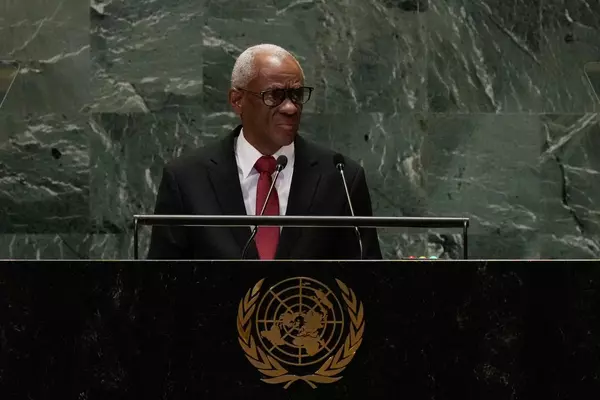Australia’s industry-facing defence innovation programs will be replaced by a new accelerator in a once-in-a-generation overhaul aimed at proving up critical technologies like quantum and hypersonics to fast-track their adoption in military settings.
Backed by $3.4 billion over the next ten years, including $591 million in new funding, the Advanced Strategic Capabilities Accelerator (ASCA) announced on Friday will introduce a mission-orientated approach to turning Australian ideas into “asymmetric advantage”.
The federal government first flagged the accelerator – a renamed version of the Australian Strategic Research Agency proposed by the government ahead of last year’s election – in its response to the Defence Strategic Review (DSR) on Monday.

ASCA, which will be stood up at the start of July and progressively built up over 18 months, will seek to help solve the most pressing technology challenges facing Defence by focusing on “defined missions” that Australian companies can assist with.
It will initially prioritise hypersonics, directed energy, trust autonomy, quantum technology, information warfare and long-range fires – most of which fall under the advanced capabilities pillar of the AUKUS trilateral security pact (Pillar II).
Announcing ASCA at Garden Island naval base in Sydney, Defence Industry minister Pat Conroy described ASCA as the “most significant announcement and policy change in defence innovation in decades”.
“The United States spends 13 per cent of their very large defence budget on defence innovation, the United Kingdom spends seven per cent, but in Australia it’s only three per cent, so we need to focus that spending on… solutions that can help our war fighters in the near-and medium-term,” he said.
The majority of funding for ASCA will be re-prioritised from existing industry-facing defence innovation programs, including the $1.2 billion Next Generation Technologies Fund and $1 billion Defence Innovation Hub which have long been criticised for struggling to translate.
Mr Conroy told InnovationAus.com that the DSR had identified that defence innovation efforts had “not sufficiently focused on critical programs or missions that the Australian Defence Force needed help with”.
He said the fundamental problem was a lack of “buy-in from the capability managers at the start of the process”, meaning there was “no link to acquisition programs afterwards”. Feedback also showed that the programs, particularly the Defence Innovation Hub, took “too long to get into the contract”.
“For too long in defence innovation, the money has been sprayed left, right and centre without focus,” Mr Conroy said.
“Often it’s been very hard to get into grants for innovative defence industry companies and at the end of the process when they’ve proved up their technology, often there hasn’t been an acquisition program to fund them into commercialisation to fund them through the valley of death.
“That changes with ASCA. Under ASCA, it will be working on focused missions that warfighters have said we need help with – missions to solve problems and to advance capability for the Australian Defence Force.
“Importantly, by focusing on the things that are most relevant to the ADF, that means that when the technology has been proved up, they will then have a pathway into service through the commercialisation process, complimented by things like the National Reconstruction Fund.”
Existing contracts with companies under the Defence Innovation Hub will transition to the accelerator from July so that work can be completed, with “more organic ASCA missions” expected “over time”, according to Mr Conroy.
Chief defence scientist Professor Tanya Monro said that ASCA will “challenge the broader Defence Science Technology Group to move faster and with more urgency”, and that missions “will not kick off unless we’ve identified a transition path into acquisition” but acknowledge that projects could still fail.
“When we see innovative technology anywhere in our ecosystem, we will have the ability to procure it, get it into the hands of our war fighters, to get it into exercises and trials so that we can understand how it might contribute to… missions,” Professor Monro said.
“This is a new way of working, and we are focused on making sure that we can provide that bridge between what industry can do and what our military need it to do.”
Missions progressed by the accelerator will also be jointly run by senior defence scientists, the Capability Acquisition and Sustainment Group and the relevant defence service – a feature borrowed from Defense Advanced Research Projects Agency in the United States.
Asked whether the government could be confident in ASCA without having been privy to the findings of the Defence Innovation Review conducted by the former Coalition government, Mr Conroy said that “extensive consultations” had been undertaken with industry, including as part of the DSR.







